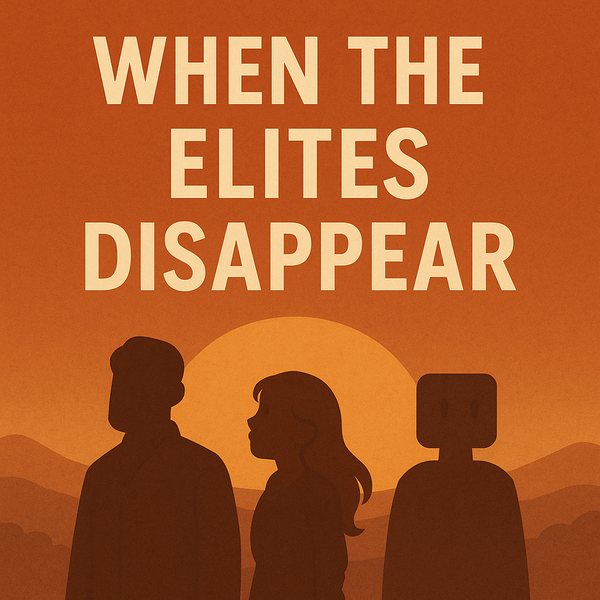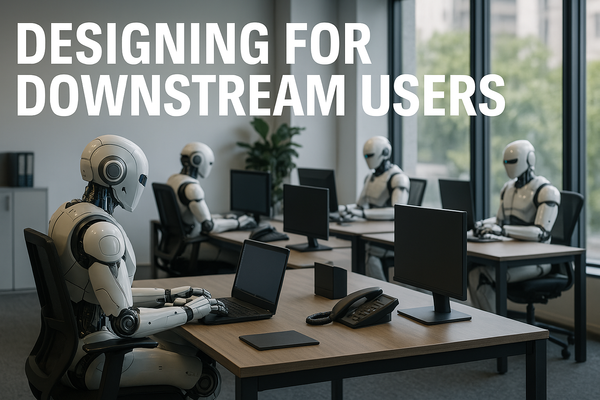The Overton Window of Data Collection: Lessons from Spotify Wrapped and Beyond

It’s that time of year again—Spotify 'Wrapped' season. Everywhere you look, people are sharing colorful snapshots of their listening habits: the Top Artists they couldn’t stop streaming, the Most-Played Song that got them through the tough days, even quirky trends like “Your Listening Mood at 3 AM.” This year’s Wrapped, in 2024, has been no different, dominating social media timelines and cementing itself as a cultural phenomenon.
What’s really fascinating, though, is how Spotify has turned what could have been an intrusive exercise in data collection into something people celebrate. Millions voluntarily share intimate listening data with the world. Compare that to 2007, when Facebook’s Beacon program sparked outrage by broadcasting user purchases without consent. Beacon was swiftly shut down, and Facebook issued public apologies.
So, what changed? Wrapped didn’t just collect data—it delivered value. It made data-sharing feel rewarding, participatory, and transparent. Wrapped has become a masterclass in reframing data collection as a joyful experience. For product leaders, this is a powerful reminder: users will share data—but only if the exchange feels fair, transparent, and worthwhile.
Let’s unpack what makes Wrapped work and how we can apply those lessons to designing trusted and impactful products.
The Journey from Intrusion to Participation
The contrast between Facebook Beacon and Spotify Wrapped couldn’t be starker. Beacon operated in the shadows, exposing users to unwanted visibility without explaining how or why their data was being used. It felt invasive and exploitative. In contrast, Wrapped makes its data collection transparent, purposeful, and fun.
For example, Wrapped doesn’t just list out raw data like "You streamed Taylor Swift 500 times." It frames it as a badge of honor: “You’re in the Top 1% of Swifties worldwide!” This transforms what could be a dry statistic into a celebration of identity. It’s personalization done right—wrapped (no pun intended) in storytelling that feels deeply connected to the user.
Here’s the key: Data isn’t inherently valuable. It’s what you do with it that matters. Wrapped succeeds because it turns data into a reflection of the user’s identity, something they’re excited to share. As product leaders, we must remember that users don’t care about the data itself—they care about what the data reveals about them or how it improves their experience.
The Overton Window of Data Collection
There’s a concept called the Overton Window that describes the range of ideas society finds acceptable at a given time. In 2007, sharing detailed purchase data without consent was well outside that window, as Beacon learned the hard way. By 2024, the Overton Window has shifted significantly. Products like Wrapped have made sharing personal data feel not only acceptable but desirable.
How did this shift happen? Over time, early personalization features like Netflix’s recommendations and Google Maps’ location tracking normalized the idea that data-sharing could improve user experience. Wrapped pushed this further by creating a product designed for joy, transparency, and cultural relevance. Users weren’t just comfortable sharing data—they were excited to do so.
For product leaders, the takeaway is clear: To build successful data-driven products, you need to meet users where they are. Understand their comfort levels with data-sharing, and design within those boundaries. But don’t stop there—find ways to nudge the window forward by delivering value so compelling that users willingly expand their trust.
Trust as the Cornerstone: Transparency, Consent, and Value
Spotify Wrapped succeeds because it nails three essential elements of trust: transparency, consent, and value. Let’s break these down.
Transparency: Show Your Work
Users trust Wrapped because it’s clear about how data is collected and used. They know their listening habits fuel the insights they receive. There’s no mystery, no ambiguity. Wrapped makes it obvious how the data powers the experience.
Consent: Let Users Stay in Control
Wrapped is opt-in by nature. Users actively choose to engage with it, and they decide whether or not to share their results publicly. This sense of control is vital—when people feel they have a choice, they’re far more likely to participate enthusiastically.
Value: Make It Worthwhile
Wrapped doesn’t just give users statistics; it gives them a story. It’s not about raw numbers—it’s about making users feel understood, unique, and celebrated. That’s what keeps people coming back year after year.
Why this matters: Trust isn’t built overnight, but it can be lost in an instant. If your product involves data collection, it’s critical to communicate openly, give users control, and deliver benefits that outweigh the risks.
Designing Data Experiences People Love
Wrapped isn’t just a product; it’s an experience. It doesn’t present data in a vacuum—it turns data into something meaningful and shareable. This is a formula that other products can emulate.
Make It Personal
Wrapped crafts narratives that feel deeply personal. It’s not just about listening to music; it’s about discovering what that music says about you. Imagine applying this to other industries: fitness apps that celebrate your milestones, financial tools that reframe spending habits as accomplishments, or education platforms that highlight your learning progress.
Lean Into Shareability
Wrapped thrives because it’s designed for social sharing. The bold visuals, quirky insights, and sense of accomplishment make it irresistible to post online. Shareability doesn’t just amplify Wrapped’s reach—it strengthens its value to the user by making them feel part of a community.
The lesson here is simple: Data is more powerful when it’s framed as a tool for connection. If your product can help users share their story, you’ll create deeper engagement and loyalty.
Looking Ahead: The Future of Data Collection
As AI integrates more deeply into our lives, data collection is becoming the critical fuel for innovation. But the future isn’t just about gathering more data—it’s about using it in ways that feel deeply personal and meaningful. Let’s explore some emerging opportunities.
AI-Powered Healthcare
AI tools in healthcare are already transforming patient care by analyzing data from wearables and medical records. Imagine a smartwatch that tracks your sleep, stress, and heart rate, alerting your doctor to potential issues before symptoms appear. These systems deliver life-saving insights but only if users trust them with sensitive data.
Trust and transparency are non-negotiable. Product leaders in healthcare must prioritize ethical design, ensuring users feel secure while benefiting from early detection and personalized treatments.
AI Assistants that Truly Know Us
The next generation of AI assistants will anticipate needs and act proactively. These systems might curate your calendar, suggest travel options based on past habits, or even recommend purchases that align with your lifestyle. For instance, as you book a flight, your assistant could suggest departure times that account for traffic patterns and your usual pre-flight coffee stop.
The challenge is ensuring these assistants feel helpful, not invasive. Designing transparency and user control into these systems will make the difference between tools that delight and tools that alienate.
Personalized Everyday Experiences
AI is also reshaping mundane tasks. Imagine a grocery app that learns your dietary preferences and suggests recipes while auto-filling your cart. Or a streaming service that creates playlists tailored to your mood and daily activities. These experiences will hinge on delivering immediate, tangible benefits.
The value exchange must be crystal clear: users share data, and they get real, meaningful convenience in return.
Data in Ethical Advertising
AI is already creating highly personalized ad campaigns, but the potential for misuse is high. Ads must balance personalization with respect for user privacy. For example, if AI targets a product recommendation based on recent searches, users should understand why they’re seeing it and have control over their preferences.
Earning trust in this space requires ethical frameworks that ensure ads feel helpful, not exploitative.
Conclusion: Building for Trust in a Data-Driven World
The evolution from Facebook Beacon to Spotify Wrapped tells a powerful story: data collection isn’t inherently good or bad—it’s all about how it’s framed and executed. Wrapped works because it’s transparent, participatory, and fun. It shows that when users trust your product, they’re more willing to share the data that powers it.
As data becomes increasingly central to innovation—whether in AI, healthcare, or other fields—product leaders face an urgent question: Are we building for trust? Are we designing products that deliver real, meaningful value? The products that thrive in this new landscape will be the ones that answer "yes" to both.
As the future becomes increasingly more driven by data, the question for product leaders is simple:
Are you building experiences that users not only trust but have true impact on their lives?



